PPT-What They Don’t Know
Author : myesha-ticknor | Published Date : 2016-10-26
Will Hurt Them Schema Based PreReading Routines for Helping Students Read Disciplinary Discourse Presented by Debra Gibes MAT Reading Preparation Tools What methods
Presentation Embed Code
Download Presentation
Download Presentation The PPT/PDF document "What They Don’t Know" is the property of its rightful owner. Permission is granted to download and print the materials on this website for personal, non-commercial use only, and to display it on your personal computer provided you do not modify the materials and that you retain all copyright notices contained in the materials. By downloading content from our website, you accept the terms of this agreement.
What They Don’t Know: Transcript
Download Rules Of Document
"What They Don’t Know"The content belongs to its owner. You may download and print it for personal use, without modification, and keep all copyright notices. By downloading, you agree to these terms.
Related Documents

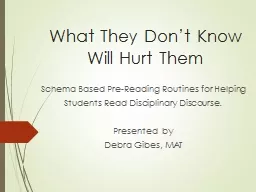

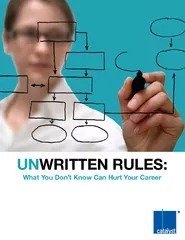
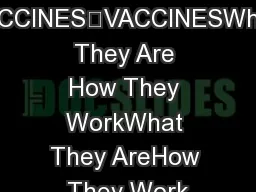
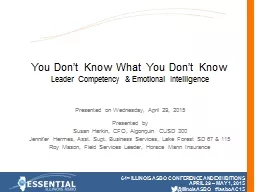
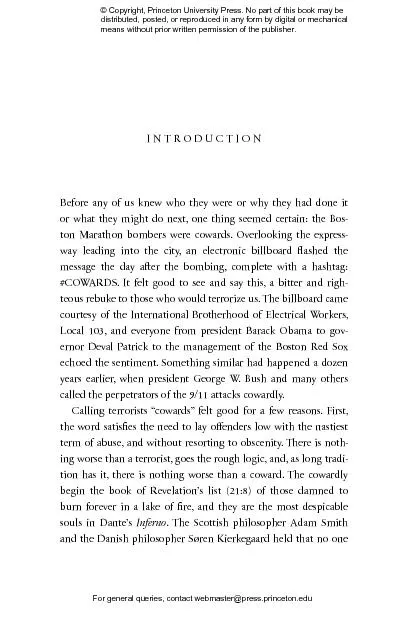
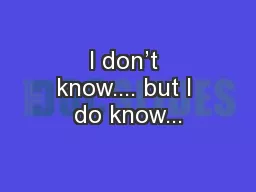

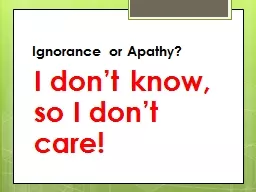
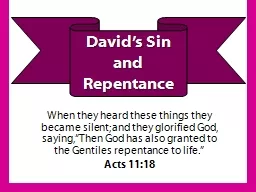
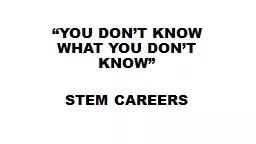
![[DOWNLOAD] - Management Fads in Higher Education: Where They Come From, What They Do,](https://thumbs.docslides.com/905553/download-management-fads-in-higher-education-where-they-come-from-what-they-do-why-they-fail.jpg)
![[READING BOOK]-Compiler Generators: What They Can Do, What They Might Do, and What They](https://thumbs.docslides.com/971388/reading-book-compiler-generators-what-they-can-do-what-they-might-do-and-what-they-will-probably-never-do-monographs-in-theoretical-computer-science-an-eatcs-series-19.jpg)
![[DOWLOAD]-Compiler Generators: What They Can Do, What They Might Do, and What They Will](https://thumbs.docslides.com/975939/dowload-compiler-generators-what-they-can-do-what-they-might-do-and-what-they-will-probably-never-do-monographs-in-theoretical-computer-science-an-eatcs-series-19.jpg)